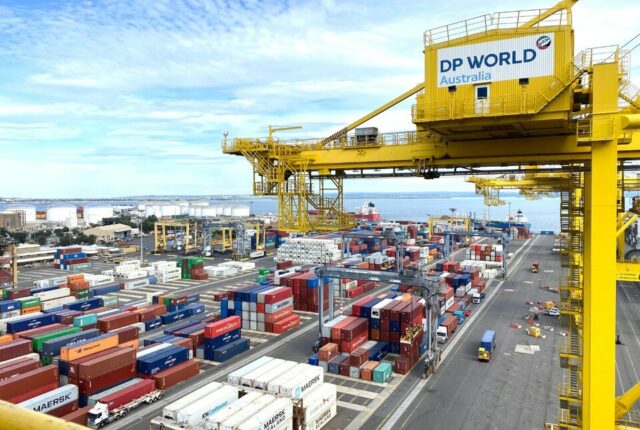
As Capacity Slowly Increases, Air Freight Demands Returns to Normal
Even though capacity is making a slow increase, demand for airfreight has continued to show a strong recovery, growing 1% in June compared to the same month in 2019, according to the latest data from Clive.
The airfreight market remains dominated by freighter companies as passenger flights have yet to return to early 2020 levels. And when passenger travel does return, it likely won’t be adding capacity to the transpacific at first, according to a recent note by Peter Stallion, head of air and containers at Freight Investor Services.
“Looking forward into the near-term market, a lot still rides on the return of long-haul travel, most likely impacting transatlantic routes first before the Asia market,” Stallion wrote, later adding that, “Owned charter capacity is still king.”
And the companies that currently own that capacity don’t expect the demand for their services to decline any time this year. This will mean that pricing for air freight will remain in the freighter companies favour at least into next year. Many companies turned to the charter market for project cargo when the pandemic led to the loss of belly capacity. Atlas Air, which has provided some of those charter planes, expects some of those customers to remain even when that belly capacity returns as they’ve learned not to rely on the stability of the passenger market, Atlas Air CEO John Dietrich said in May.
What many of our exporters are seeing and learning is that main deck freighters is very attractive option. And to be able to secure that capacity is important both within this pandemic environment, but also beyond.
The airfreight market has also benefited from the ongoing congestion in the ocean shipping market as cargo owners look for a quicker alternative, experts have observed. And as sea freight services capacity has become more expensive, it has made the price of air freight easier to rationalize. According to The International Air Transport Association, “air cargo was more than 12 times more expensive than ocean shipping prior to the crisis, but this has fallen to a ratio of 6 in May 2021.”
This has resulted in companies using airfreight for goods not typically transported via plane, People have been shipping hot tubs, bikes, leaf blowers, all things that typically would not go via air freight are shipping by air.






